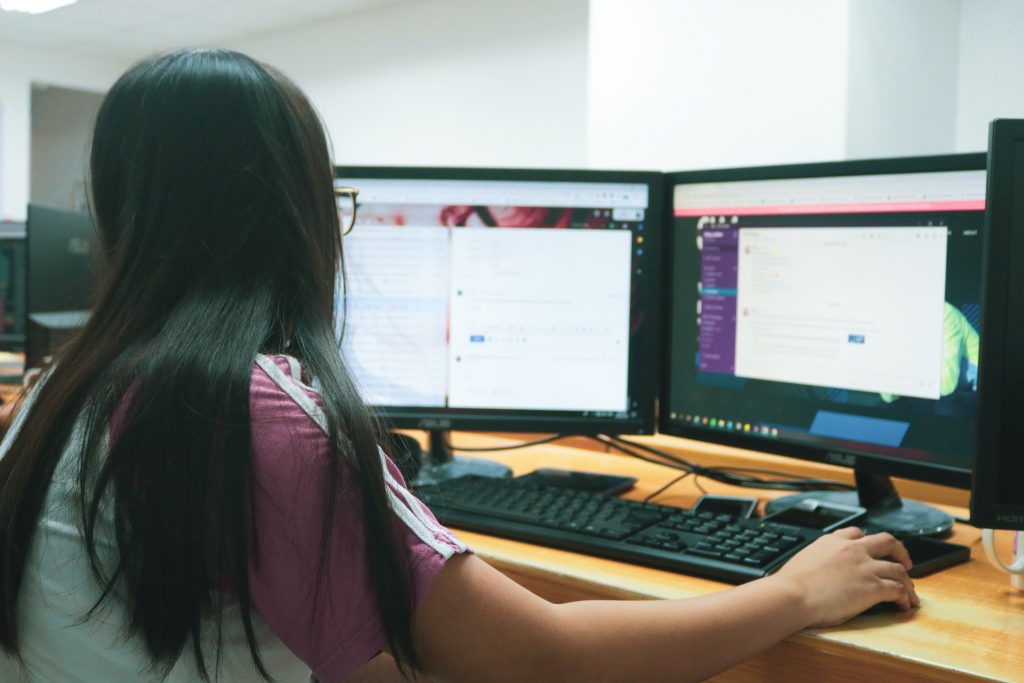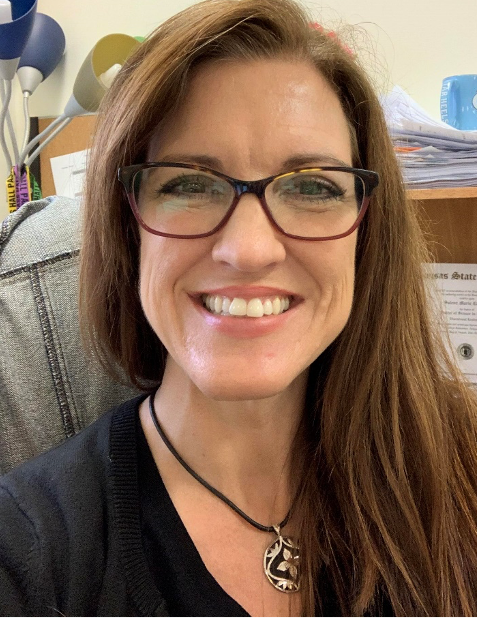By: Salena Davis, South Carolina High School Social Studies Teacher
It’s spring, and I have to say that I’m missing the spring sounds of school—you know, prom chatter… concerts and plays…baseball… Instead, I’m sitting at home in my “new normal” pjs with every commercial reminding me about these “times of uncertainty” while I try to figure out how they are going to put fewer kids on busses, how it will affect my class sizes and will the students be able to take off their masks, if they end up eating in my classroom? Yes, I am way past sensory overload.

It has, however, helped me appreciate how difficult e-learning has been for my students. My daughter told me this week that she had over 1,300 school emails in her inbox—800 of them she never even opened. (We agreed that “delete” is an awesome button, and we could go look through the trash if there really was an email she desperately needed.)
Even the youngest among us are not immune. My elementary son brought me his school Chromebook this morning with at least ten tabs opened trying to figure out what was due today. It’s Monday…10:00am. I’m pretty sure I didn’t schedule our mental meltdowns until at least Tuesday afternoon this week.
Literacy during Covid-19
Many of our educational challenges have been logistic—do my students have a computer? Internet access? Printer? This week’s packet? If those were our only challenges, we would be doing pretty well. Unfortunately, it’s not that simple. I would argue that our most significant challenges have been directly tied to literacy.
Literacy is more than defining terms and understanding of syntax. Literacy is first communication. Communication is easier when we are with our students. They can decode our messages through our expressions, animation and feedback. Our proximity and interaction help keep their minds focused and in sync with the material. With distance learning, they lose the audible, tangible, visual aspects of communication and have only the words to process—a skill which requires more mental focus and more self-discipline.

Comprehension occurs in the quiet of the mind. Students flit from texts to Instagram to Snapchat to whatever else pops up on their screen. They need a teacher (or parent) to actively keep them focused in order to understand what they are learning, especially if it is a skill they don’t necessarily desire of their own accord. It would be interesting—perhaps horrifying—to know when they last sat quietly and did one thing—whether that was playing an instrument or reading a book or painting a picture.
What can we do to help students with these literacy challenges as they navigate their own trauma?
Now add a layer of COVID-crisis—with parents losing jobs, and social distancing, and caring for siblings, and worrying they may catch the virus… No wonder they’re struggling. They have lost their normalcy and much of their support network. We need them to discipline their minds and create routines, yet many of them have never done so without the structures of school and don’t know where to start.
- Ask them how they are doing. Many of them they need the encouragement of knowing that someone cares before they are willing to do the hard work. (ex. https://bit.ly/2zemIjb )
- Give them options. In a time when people lose control in some aspects of their lives, the ability to make a choice can help alleviate discomfort. (ex. https://bit.ly/3cz2cYU )
- Limit communications. This may seem counterintuitive, but remember those 1,300+ emails in my daughter’s inbox? When people are feeling overwhelmed, less can be more. Consider doing one post with all of the assignments. The visual impact of having one new item in Google Classroom can be less discouraging than five new items for each class each week.
- Encourage students to make a hand-written checklist or calendar to organize their assignments. Tabbing through multiple screens adds anxiety to students who are already feeling overwhelmed.
- Remember they may be facing more hardship with fewer coping mechanisms. One of my students has not turned in any assignments, but she did fill out my “Checking In” Google Form. She told me she’s been a little busy—her grandmother, who was her only guardian, passed away. Maybe social studies isn’t going to be at the top of her list right now.
I believe this experience gives us the opportunity to reevaluate our goals for our students. While we may be in a temporary period of coping with COVID, the lessons we are learning can help us re-commit to our literacy goals for our students. When we go back this fall and get to hear those beautiful sounds of school again, let us continue to help our students learn how to find the sweet spot of their minds where they can focus, engage, learn, persevere and grow.
About the Author

Salena Davis has taught social studies and communication courses for 26 years on the elementary, middle, high, and post-secondary levels. She holds three Masters degrees in Secondary Educational Leadership, Political Science with a Comparative Government emphasis, and Dramatic Productions.
